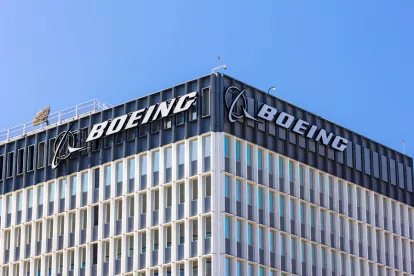On September 9, 2019, the National Labor Relations Board (the “Board”) clarified its test for unionizing “micro units” of employees within larger workforces, and prevented the International Association of Machinists from representing a small group of Boeing Co. technicians at a plant in South Carolina. The Boeing Company, 368 NLRB No. 67 (2019). In a three-to-one vote, the Board said a proposed bargaining unit consisting of about 175 flight-readiness technicians at Boeing’s Charleston Final Assembly operation does not meet federal standards for appropriate units, because the workers are not distinct from the site’s larger workforce of approximately 2,700 maintenance and production workers.
The International Association of Machinists won an election in May of 2018 to become the bargaining representative of this smaller unit of employees. This election followed an earlier election where a large unit of production and maintenance workers rejected the Union in a 2,087 – 731 vote. After the May 2018 election, the Company appealed the certification of the smaller unit of Boeing employees, arguing that the NLRB Regional Director had improperly approved the small unit of flight-readiness technicians.
In Boeing, the Board indicated that the standard it set forth for unionizing smaller bargaining units of employees in the PCC Structurals decision from December of 2017 was being misapplied. The standard for unionizing micro units of employees, as set forth in Boeing, requires a three-step legal analysis to determine the appropriateness of the proposed bargaining unit. First, the proposed unit must share an internal community of interest. Second, the interests of those within the proposed unit and the shared and distinct interests of those excluded from that unit must be comparatively analyzed and weighed. Third, consideration must be given to the Board's decisions on appropriate units in the particular industry involved.
Moving forward, unions will have to demonstrate a sufficiently distinct community of interest among the proposed bargaining unit as compared to excluded employees. And, excluded employees’ distinct interests will have to outweigh the similarity of interests that excluded employees share with members of the proposed bargaining unit. This decision strikes a strong blow against unions’ efforts to organize and represent smaller bargaining units.




 />i
/>i

